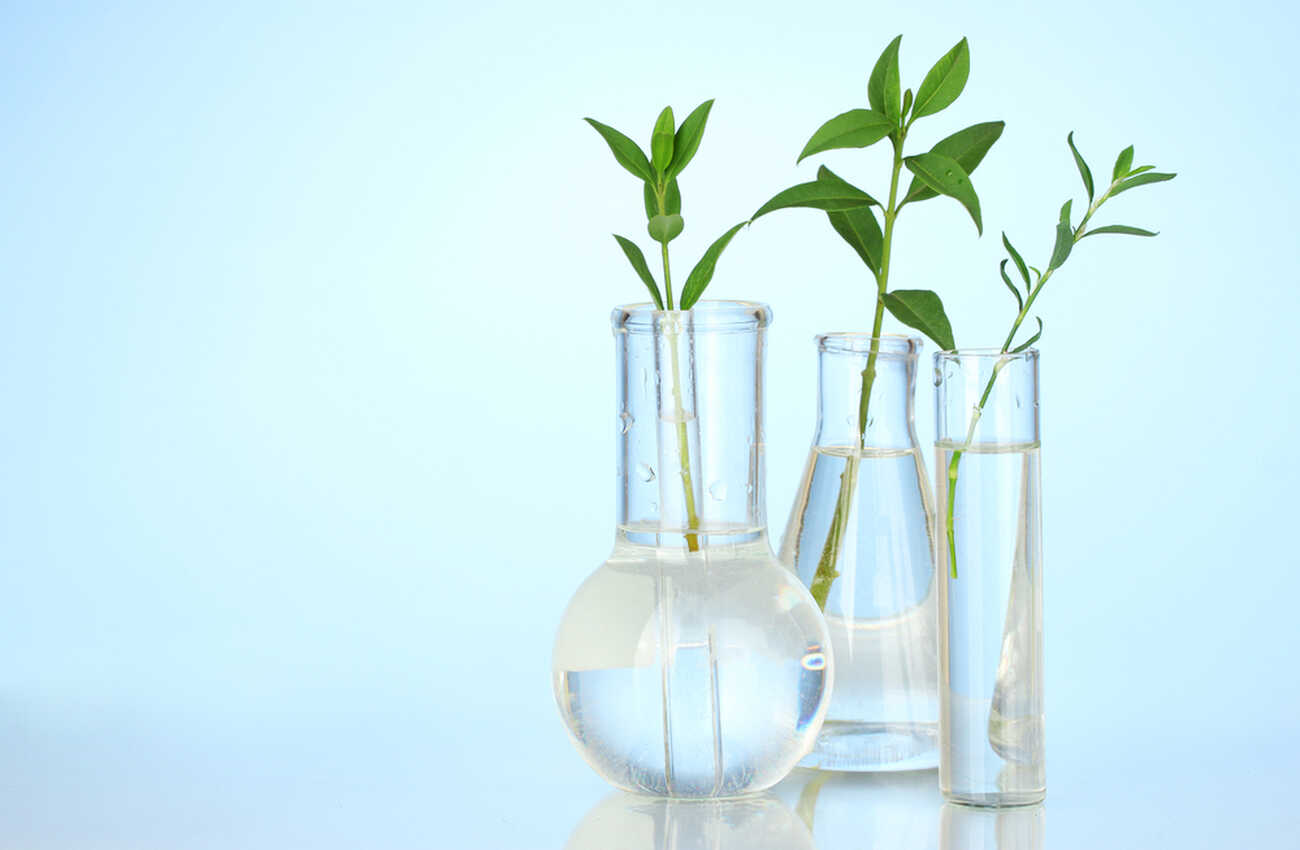With the delicate skin biome under constant attack, our research and development team takes particular care to develop emollients that can offset the damage caused by the environment and consumer lifestyles.
Often, the biggest culprits are environmental factors. These include exposure to the sun, wind, harsh winter conditions and pollution. In fact, consumers of personal care and beauty products need all the help they can get to protect the skin’s delicate balance from these challenges!
Common skin problems caused by the environment include exposure to ultraviolet rays – resulting in damage and long-term changes to texture and appearance including pigmentation, textural changes (rough skin and wrinkles) and increased moles and freckles.
Winter brings its own set of challenges too resulting in skin that is dry, red, and itchy. This skin condition is due to the opening of ‘spaces’ in skin cells and emollients are perfect to help ‘fill’ these by smoothing out the skin.1
As urbanization continues, widespread industrial and chemical pollution can play havoc as we absorb pollutants through our skin. According to Goop, the lifestyle website, dozens of studies show the effects of airborne pollutants on human skin. These pollutants are believed to contribute to skin cancer, skin aging, atopic dermatitis, skin discoloration, eczema, psoriasis, and acne.2 Pollutants can also result in an increase of bacteria that can interfere with the skin’s natural protection system.
While emollients are good for most skin types, it is not recommended for use on those with very oily skin. In this case, emollients, particularly heavy, oil-rich products, can lead to clogged pores and breakouts.
Emollients unpacked
Broadly speaking, butters, oils, esters, lipids, and fatty acids are all considered emollients and are typically used topically in moisturizers, body butters, creams, and oils.
When products are formulated with protective emollients, these moisturizers and lotions can offer a significant benefit in the effective control and repair of environmentally damaged skin. This is a prime new product development area for brand owners, especially as Europe, Asia, and North America head into the winter months.
Emollients are typically divided into three categories – most often categorized in order of viscosity and thickness2.
- Lotions: with a higher water than oil ratio, these products offer a thinner viscosity that enables fast absorption. Water-based emollients are ideally targeted at consumers with a normal or oilier skin type.
- Creams: these products contain both water and oil and while locking moisture in the skin, do not leave any greasy residue.
- Ointments: contain the highest percentage of oils and are best reserved for severely dry and/or cracked skin. These are often referred to as occlusive emollients since they help to form a protective barrier over the skin to seal or lock in moisture.
Benefits
- Replenish the skin barrier to smooth and soften skin
A compromised barrier allows moisture to easily escape and irritants to more easily get in, neither of which does your skin any favors. Emollients can help to fill in the gaps to smooth and soften skin.
- Soothes irritated and red skin
Emollients are beneficial not only for anyone dealing with run-of-the-mill dry, rough skin, but also for those with conditions such as eczema, psoriasis, and contact dermatitis.
- Great for skin health
Keeping skin moist is important. Environmental factors, as well as harsh soaps and cleansers, can strip it of its natural moisture. Using emollients can be a significant help.
- Calms burns
Those suffering from burns due to radiation treatments or sun exposure will appreciate the fact that emollients can help manage dryness and itchiness.
How Oleon can help
Oleon’s wide range of protective emollients go a step further by offering additional protection during your formulation journey.
Our headlining Jolee 7181 is a heavy emollient with film-forming properties. As a protective emollient it protects the skin from water loss and has water resistant properties. In terms of sensory evaluation, Jolee® 7181 is close to mineral oils.
Jolee® 7739 offers a branched structure which results in a non-greasy feel. As a highly substantive lipid film it leaves skin feeling soft and imparts a glossy appearance to the skin. It is furthermore ideal for cold process formulation methods.
It is important to remember that during new product development, emollients pair well with moisturizing agents that have occlusive or humectant properties and other actives including botanical and anti-inflammatory extracts.3
It is critical however to avoid pairing emollients with ingredients that can have potentially irritating side effects that you do not want sealed into the skin, including ingredients like retinol and alpha- and beta-hydroxy acids.4
The chemistry and function of dry skin and moisturizers is a challenging subject. But partnering with a trusted and reputable supplier that understands these unique challenges will go far in helping you grow your product portfolio! Contact the Oleon Health & Beauty team now for more information by simply clicking here.
References:
1How do environmental factors affect our skin? | AP Skincare, Blackburn
2 How Does Pollution Affect Your Skin? What To Do About It | Goop
3,4 This Is Why Emollients Are the Secret to Getting Rid of Dry Skin (byrdie.com)



